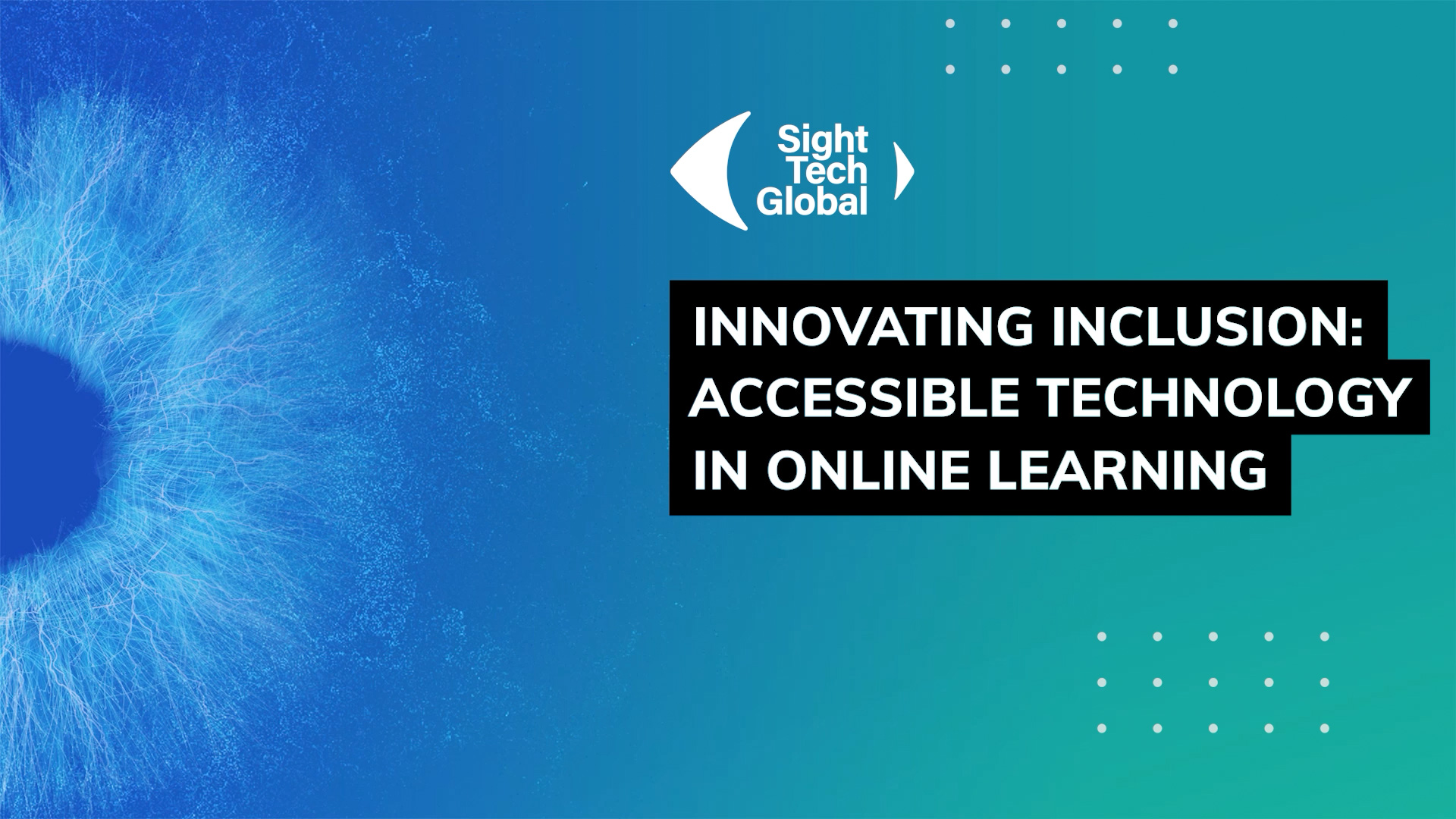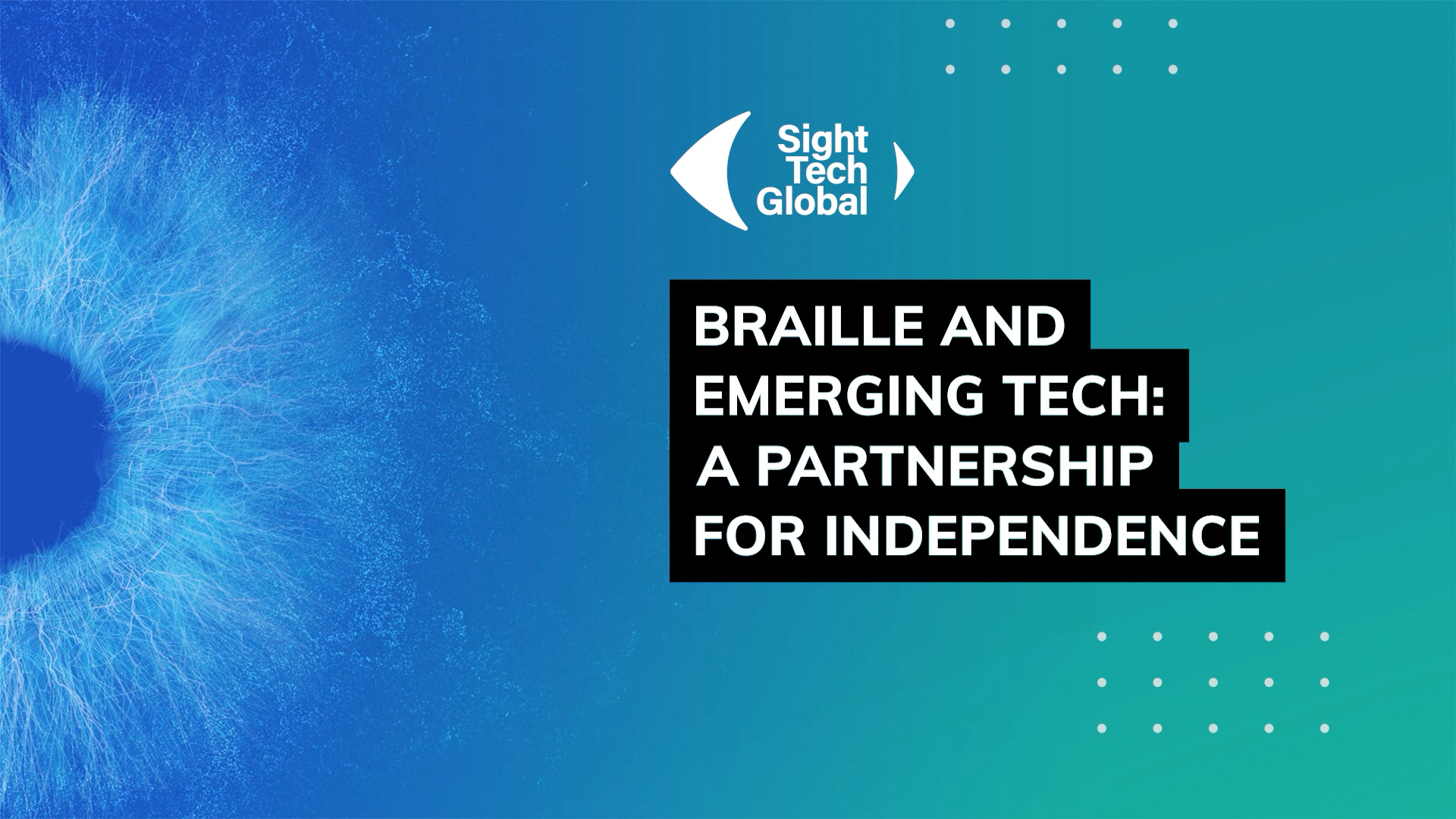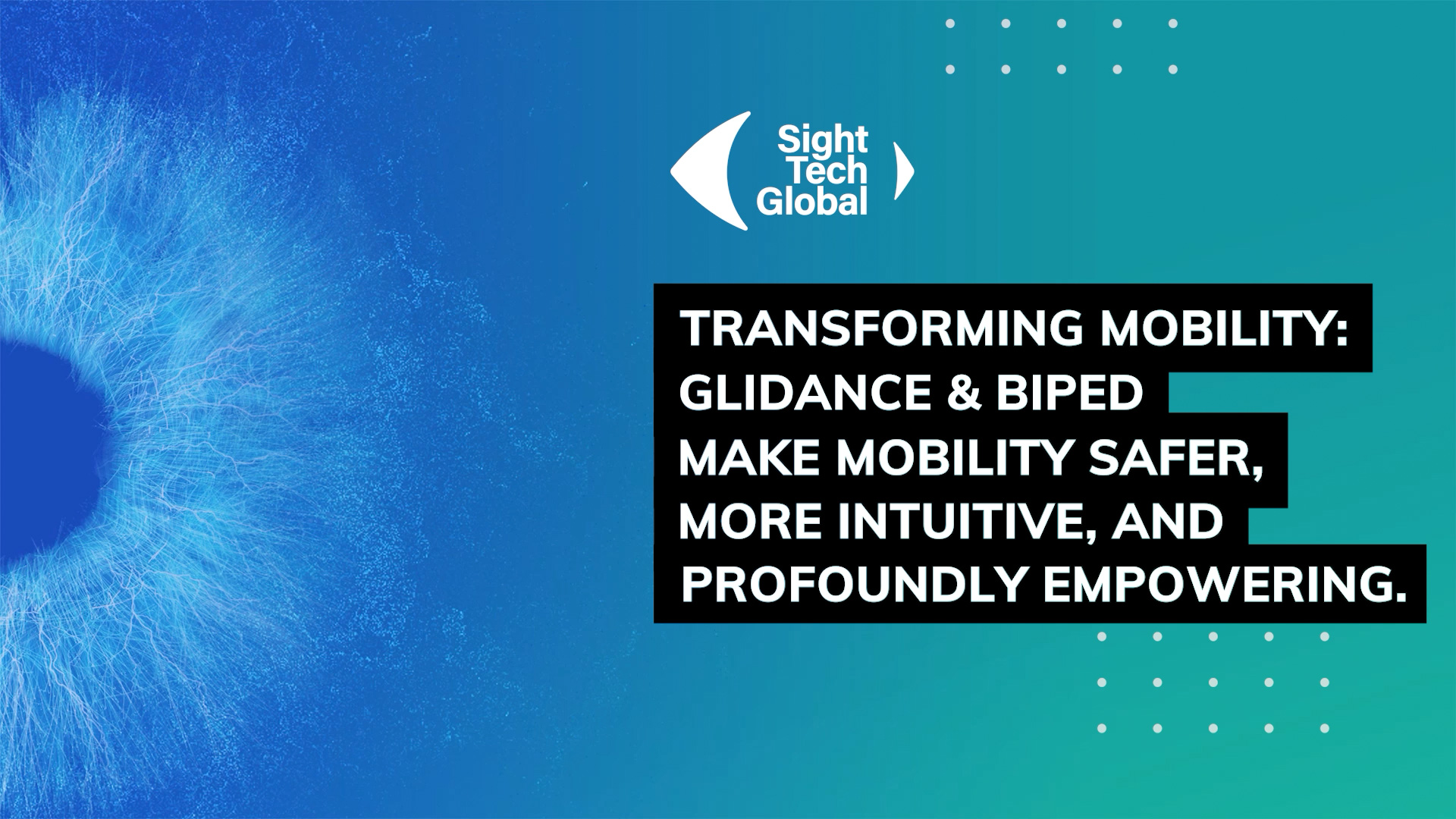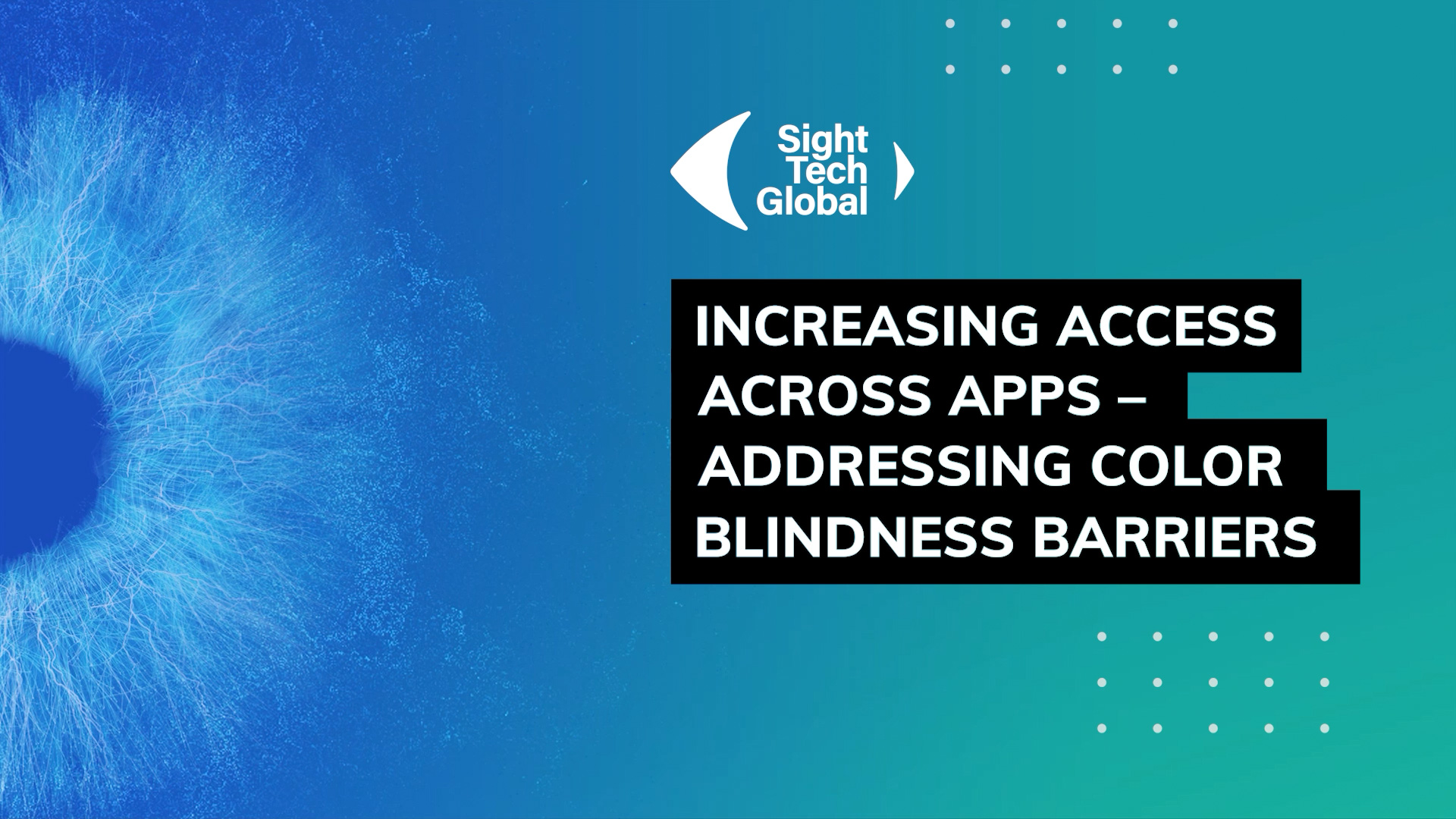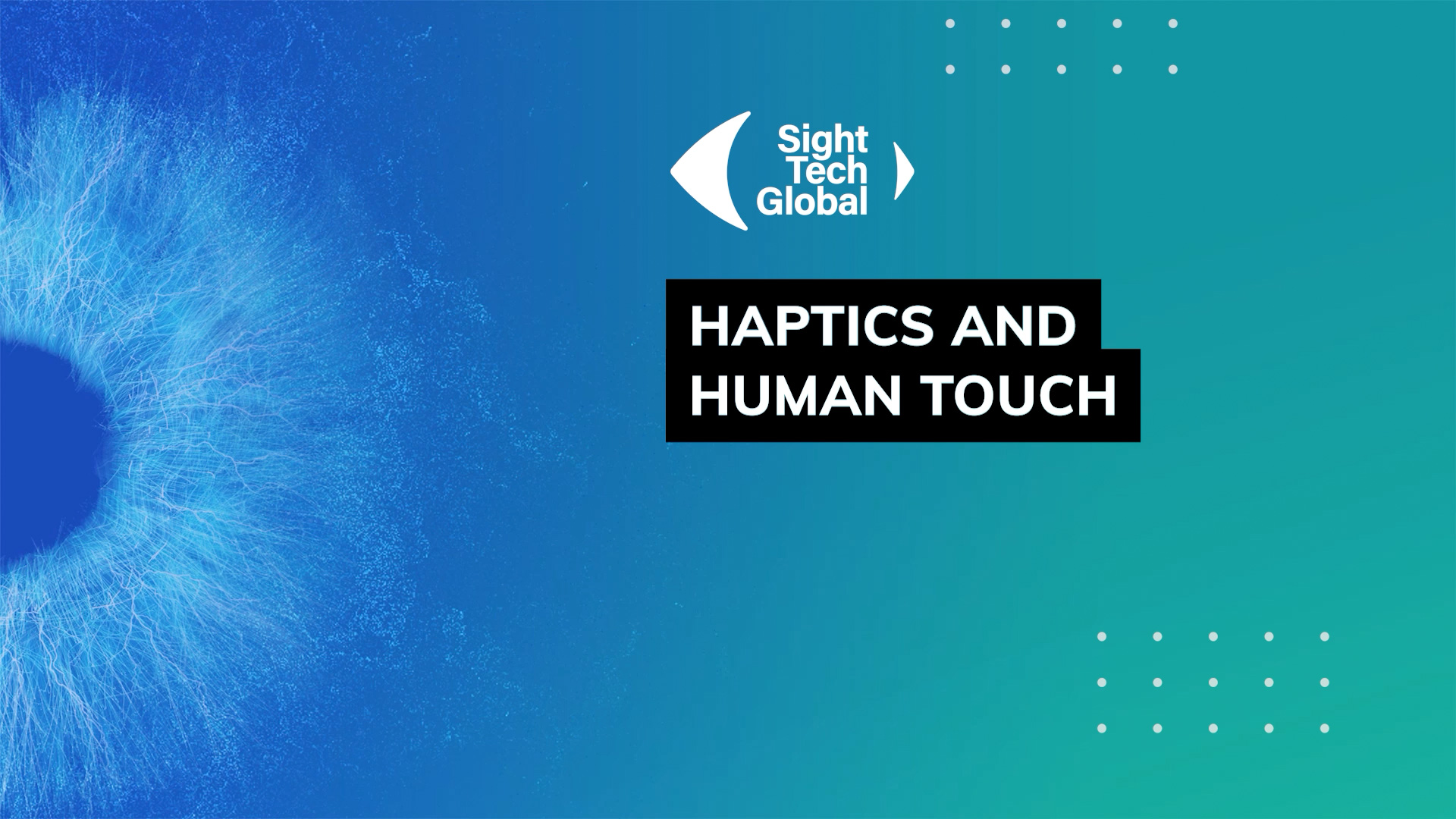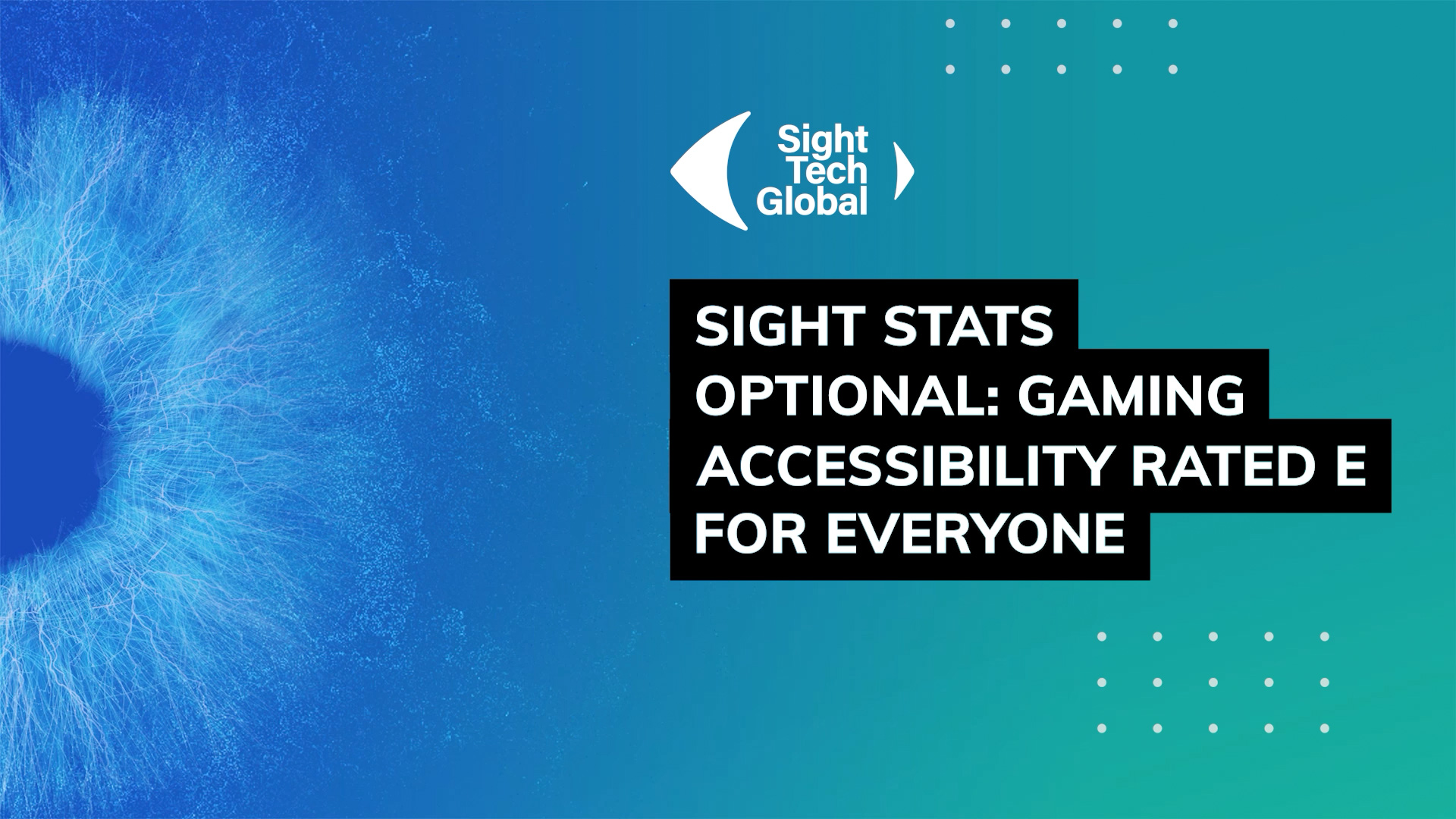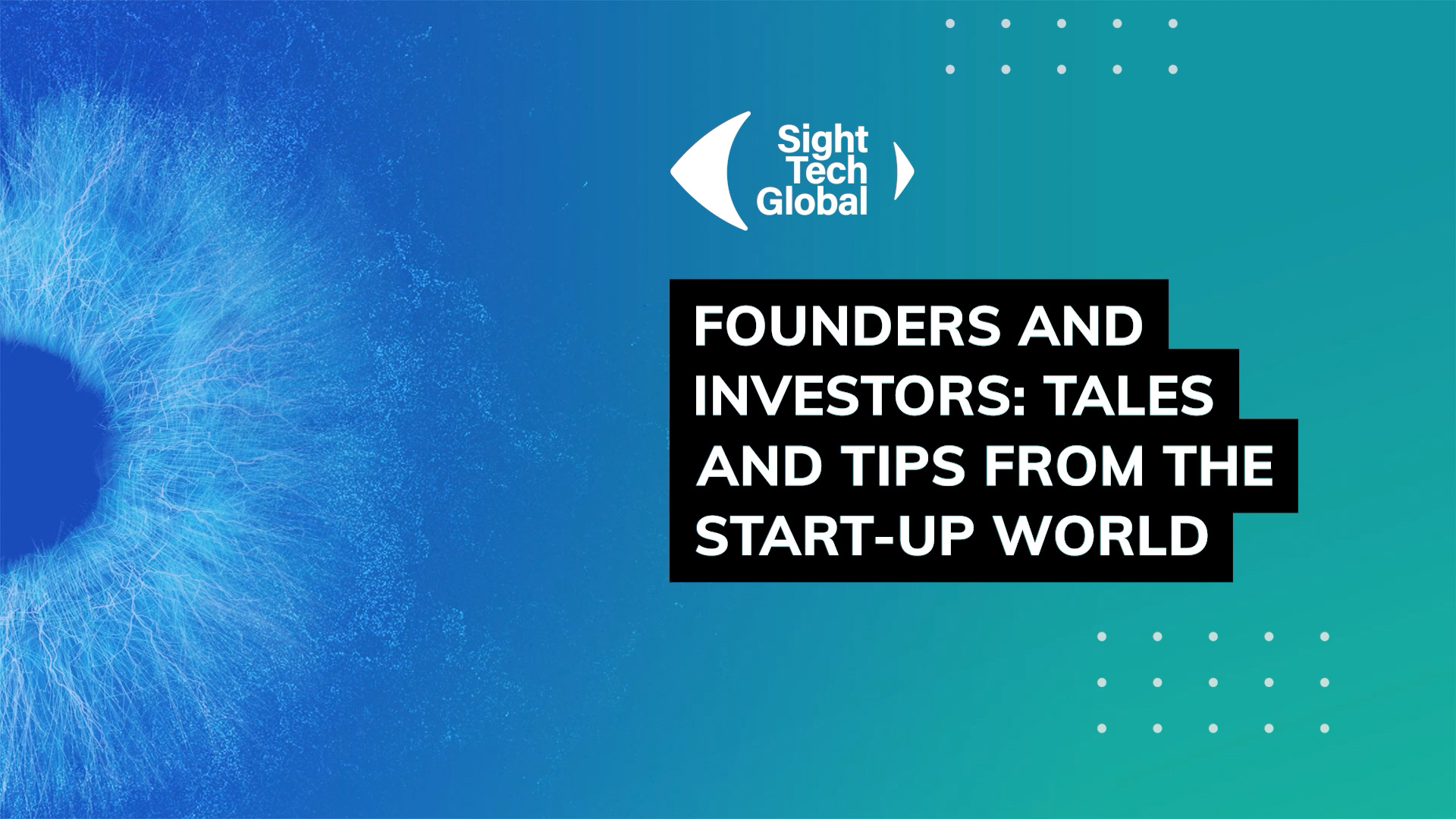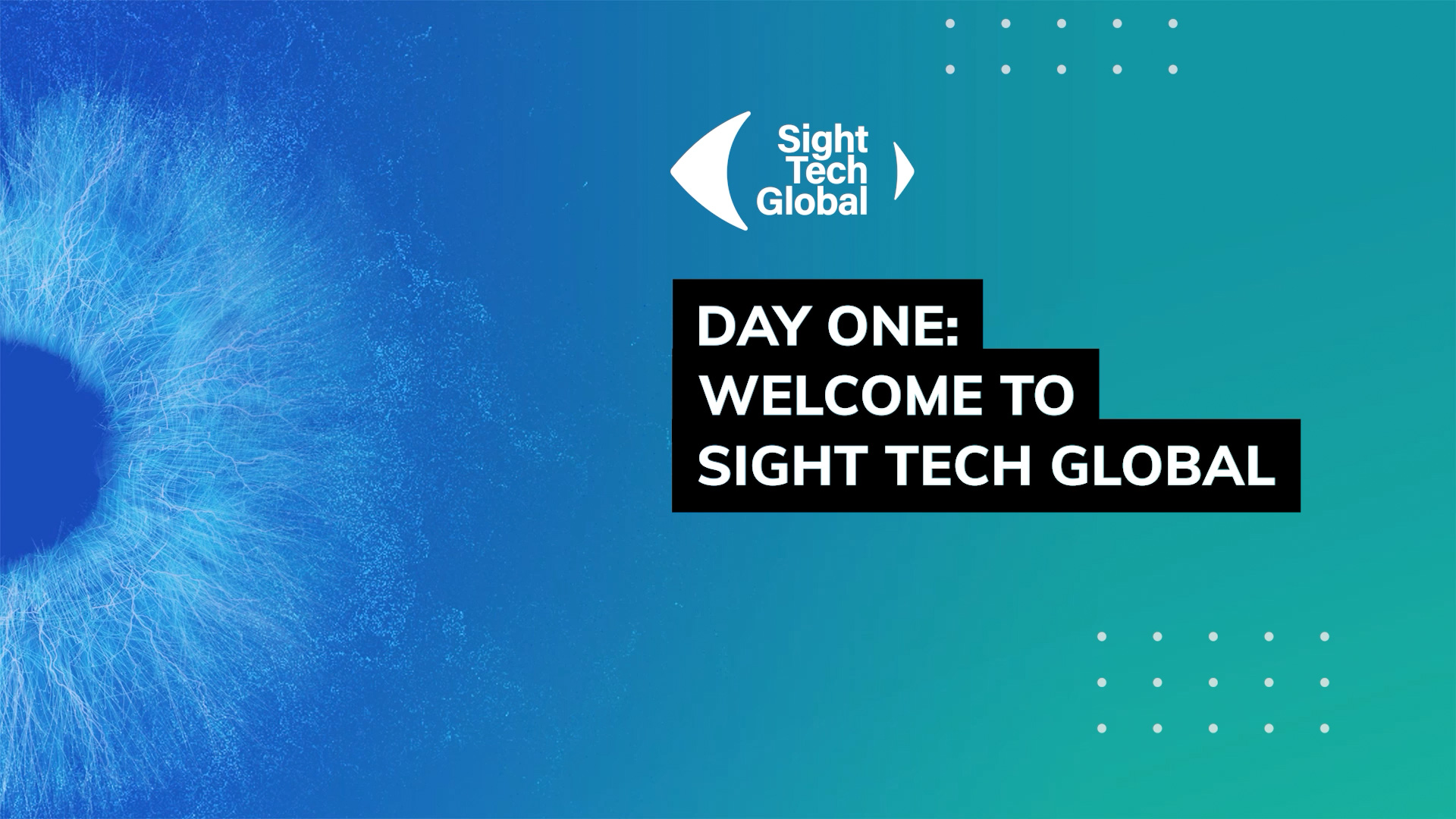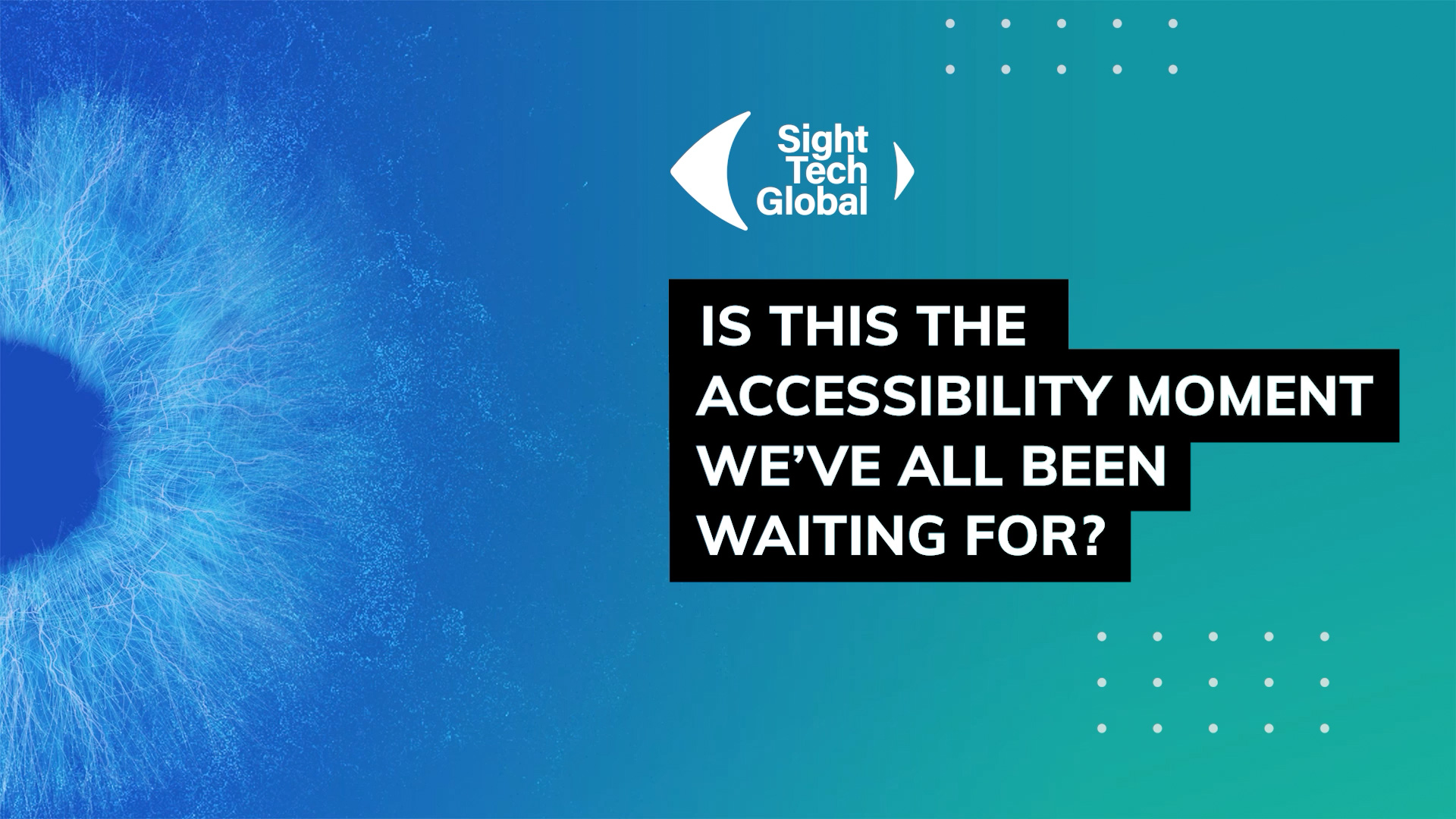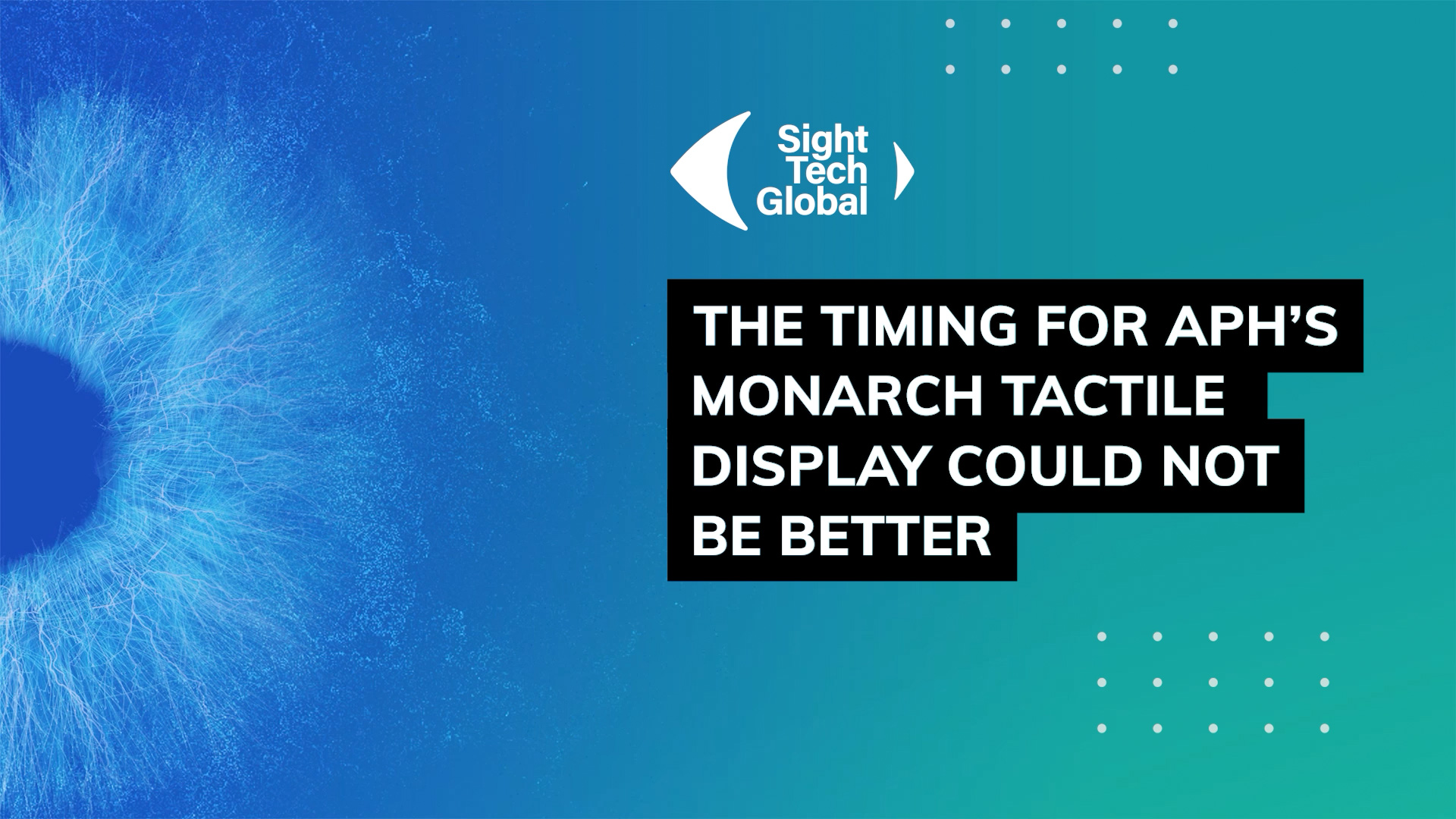Explore how emerging technologies are shaping inclusive online education, with a focus on creating truly accessible learning experiences for students with vision loss. Our expert panel will examine the intricate relationships between course content, video platforms, learning tools, and instructional methods that form the foundation of effective online education. Learn how institutions and educators can build synergistic learning environments that empower all students.
Archives: Sessions
Session custom post type.
Braille and Emerging Tech: A Partnership for Independence
Explore how Braille and modern technology create a powerful synergy for independence and literacy. This forward-looking discussion examines why Braille remains crucial for early childhood literacy while complementing today’s digital solutions. Learn how this partnership enhances education, career opportunities, and daily living, creating a more comprehensive approach to accessibility.
Transforming Mobility: Glidance and Biped Make Mobility Safer, more Intuitive, and Profoundly Empowering
Discover how AI and computer vision are revolutionizing mobility assistance through two groundbreaking devices. This session explores how Glidance’s Glide and Biped’s NOA are combining advanced technology with thoughtful design to enhance independent navigation for people with visual impairments. Learn how these innovative solutions utilize AI-powered sensors, real-time obstacle detection, and intuitive interfaces to create more confident, seamless mobility experiences.
Increasing Access Across Apps – Addressing Color Blindness Barriers
Explore a groundbreaking solution addressing color blindness, a challenge affecting nearly 300 million people worldwide. Learn how Intel is developing innovative technology to enhance digital accessibility through customized color palettes and adaptive interfaces. This session will demonstrate practical approaches to making digital environments more inclusive for individuals with color vision deficiency, from educational materials to professional tools and everyday applications.
Haptics and Human Touch
Explore how Aira and Haptic are combining tactile feedback technology with human-AI verification to transform navigation for visually impaired users. Learn how this innovative partnership leverages smartphones and smartwatches to provide intuitive, non-visual guidance through vibration motors and verified assistance.
Sight Stats Optional: Gaming Accessibility Rated E for Everyone
Explore the frontier of accessible gaming as industry leaders discuss groundbreaking advances in screen readers, audio descriptions, and inclusive design practices. This panel brings together expert accessibility consultants and specialists who have shaped major titles like The Last of Us, God of War, and Spider-Man to share insights on making games truly accessible for players with vision loss. Learn how developers can implement practical solutions and collaborate with the blind gaming community to create immersive experiences that everyone can enjoy.
Founders and Investors: Tales and Tips from the Start-up World
Discover the evolving landscape of accessibility tech investment through the eyes of successful founders and impact-focused investors. This dynamic session explores how the “ADA generation” is driving unprecedented growth in inclusive innovation, with 1 in 6 adults globally representing a vast market for accessible solutions. Learn about diverse funding pathways through accelerators, grants, and venture capital, with direct access to valuable resources including Remarkable Accelerator, Access to Success, Moonshot, and more. Our expert panel will share practical insights on early-stage funding strategies and discuss how inclusive design thinking is key to creating sustainable, impactful products that benefit everyone.
Day One: Welcome to Sight Tech Global
Is This the Accessibility Moment We’ve All Been Waiting For?
Join us for a thought-provoking exploration of AI’s revolutionary impact on digital accessibility. As traditional interfaces evolve and new technologies emerge, this session examines how AI could bridge existing accessibility gaps while potentially creating new challenges. Our distinguished speakers will discuss breakthrough innovations like multimodal AI, immersive experiences, and Microsoft’s Seeing AI, a free app that narrates the visual world for the blind and low-vision community. Discover how emerging AI solutions, from virtual assistants to robotic devices, could transform digital equity on a global scale, and learn why proactive collaboration is essential to ensure technology’s evolution remains accessible to all.
The Timing for APH’s Monarch tactile display could not be better
At Sight Tech Global we rarely track products from year to year, but APH’s Monarch tactile display for the education market is an important exception. APH’s collaboration with Humanware and DOT is targeted at the education market to deliver not just a ground-breaking dynamic Braille tablet that can “receive digital textbooks from APH and other providers, significantly reducing the time to fingertips for our students” and at the same time render the charts and graphs crucial to STEM education. Add to that the possibilities of the past year’s breakthroughs in generative AI, and Monarch’s horizon looks even more exciting.
Greg Stilson will be available for live questions in a breakout session listed in the agenda.

